Intro to Media Art Nexus (MAN) | Past Works
Current Exhibit
WAVES : Crosscurrents of Art, Technology and Environment, 15th of August from 7pm – 9pm at Media Art Nexus NTU North Spine Plaza

A collaboration between emerging artists from the School of Art, Design & Media (Nanyang Technological University Singapore) and the School of Engineering & Digital Arts (University of Kent Canterbury, UK). Between 1st-23th August, WAVES will deliver two media architecture installations, one in Singapore at the Media Art Nexus NTU (MAN NTU) under the auspices of NTU Art & Heritage Museum, and one in the UK, at the Gulbenkian Media Façade (GMF) which is part of the Gulbenkian – the University of Kent’s Arts Centre. The selected artworks make use of digital technologies in the public sphere to connect people, culture and community across geographies, bridging the distance between the two continents. This cross-continental urban media project aims to build a sense of community beyond physical space, using art to develop global awareness and to support cross-cultural audiovisual exchanges.
The selected artworks are juxtaposed through two themes, one that creates worlds of wonder and another that explores real-life environmental issues, such as the effects of plastic pollution in water.
Details of the session are as follows:
Title: Opening Exhibition of WAVES : Crosscurrents of Art, Technology and Environment
Date: Wednesday, 15 August 2018
Time: 7.00pm – 9.00pm
Venue: Media Art Nexus NTU North Spine Plaza


About the Platform
“Cites are about connecting people, ideas and resources. Today, network culture enhances the urban vocation of connectedness towards complex spatialities that transgress the notions of online and offline, as well as geographical and national boarders. What is the impact of network culture on public sphere and the opportunities for intervening in these urban processes through artist, creative and collaborative practices. Urban media art is one of the most significant trends currently unfolding in contemporary art. It enables artists to develop new participative and interactive forms of art.”
by Susa Pop “What Urban Media Art Can Do” (Connecting Cites Network)
Web Site Media Art Nexus: http://mediaartnexus.com/
Vimeo: Media Art Nexus on Vimeo
Facebook Media Art Nexus: https://www.facebook.com/mediaartnexus
Instagram: https://www.instagram.com/mediaartnexus/?hl=en
Only by understanding limitations and advantages of Media Art Nexus as an art platform we can make it better and introduce where arts and experience of it can go. Media Art Nexus is imagined as continuous work in progress and inspiration for new challenges. MAN will never be completed or perfectly finished project. It will remain as constantly improving platform through collective participatory engagement.

Original Proposal for LED Installation
In collaboration with Contrast Studios and team Lawrence Loh, Sebastien Jurkowski, Eugene Yeo
Past Students' Work AY2017/18 Sem 1
OSS Gallery 2017/18 Sem 1 for quick pre-view of all the works
Past Students' Work AY 2016/17 Sem 2
Past Students' Work AY 2016/17 Sem 1
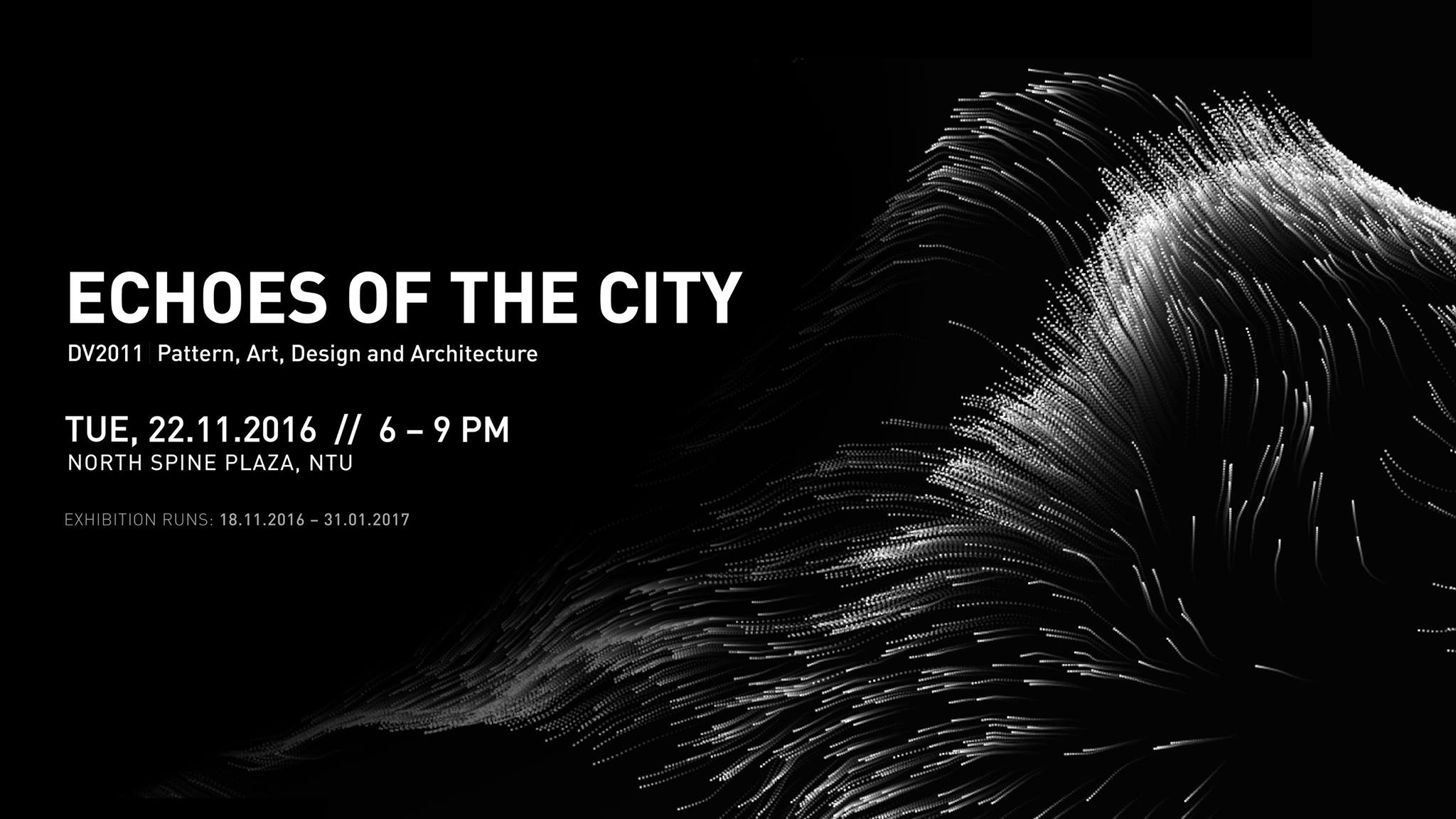
Macrocosmic Flux by Kapilan Naidu
Generative Data Visualization, Processing, TouchDesigner, Time Variable, 2016
Animation, Programming, Music and Sound Design by Kapilan Naidu
Singapore is one of the few cities in the world that is constantly gathering data about itself, At any given instance, terabytes of information about the city are measured, studied and analysed. Most of this data is archived by government, but a significant portion is openly available to anyone with an internet connection. Macrocosmic Flux uses the Singapore’ s Land Transport Authority’s Data API to obtain live public transit data to map the current pressure on the network’s buses and train lines. The combined passenger load of the system is represented by flowing particles that change in numbers and velocity to paint a real-time picture of Singaporeans moving through island; the macrocosmic state of its citizens constantly in flux.
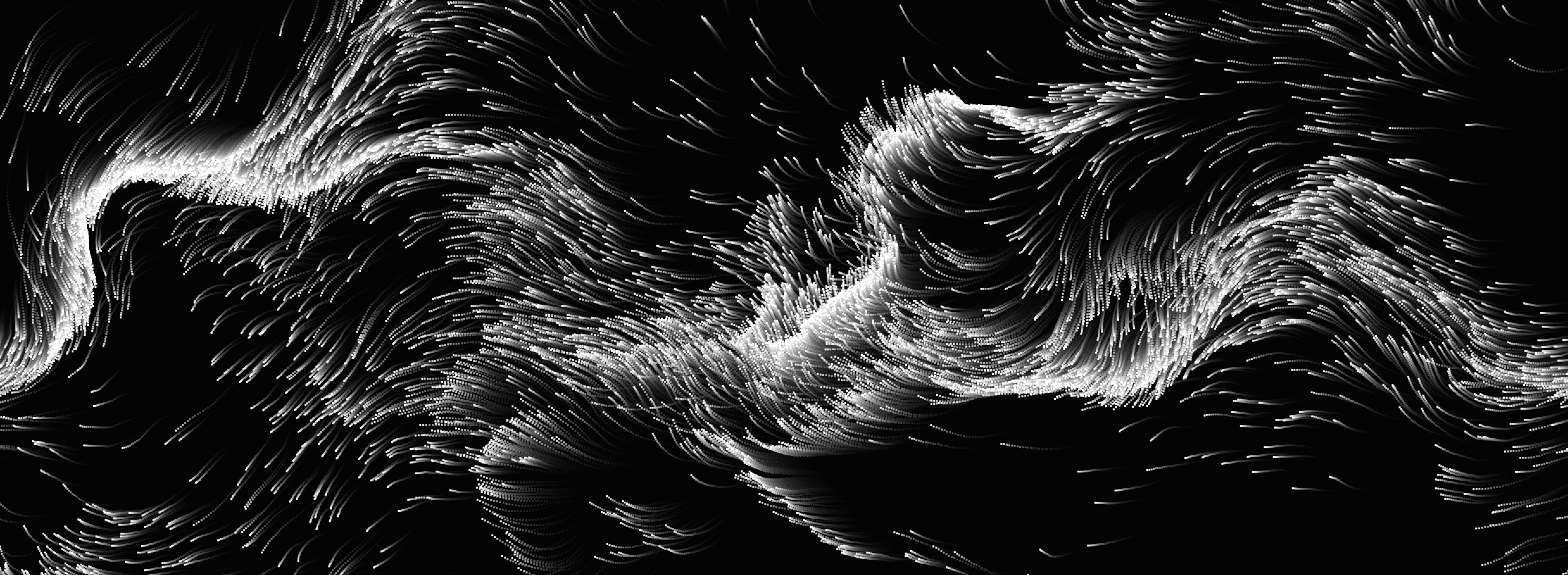

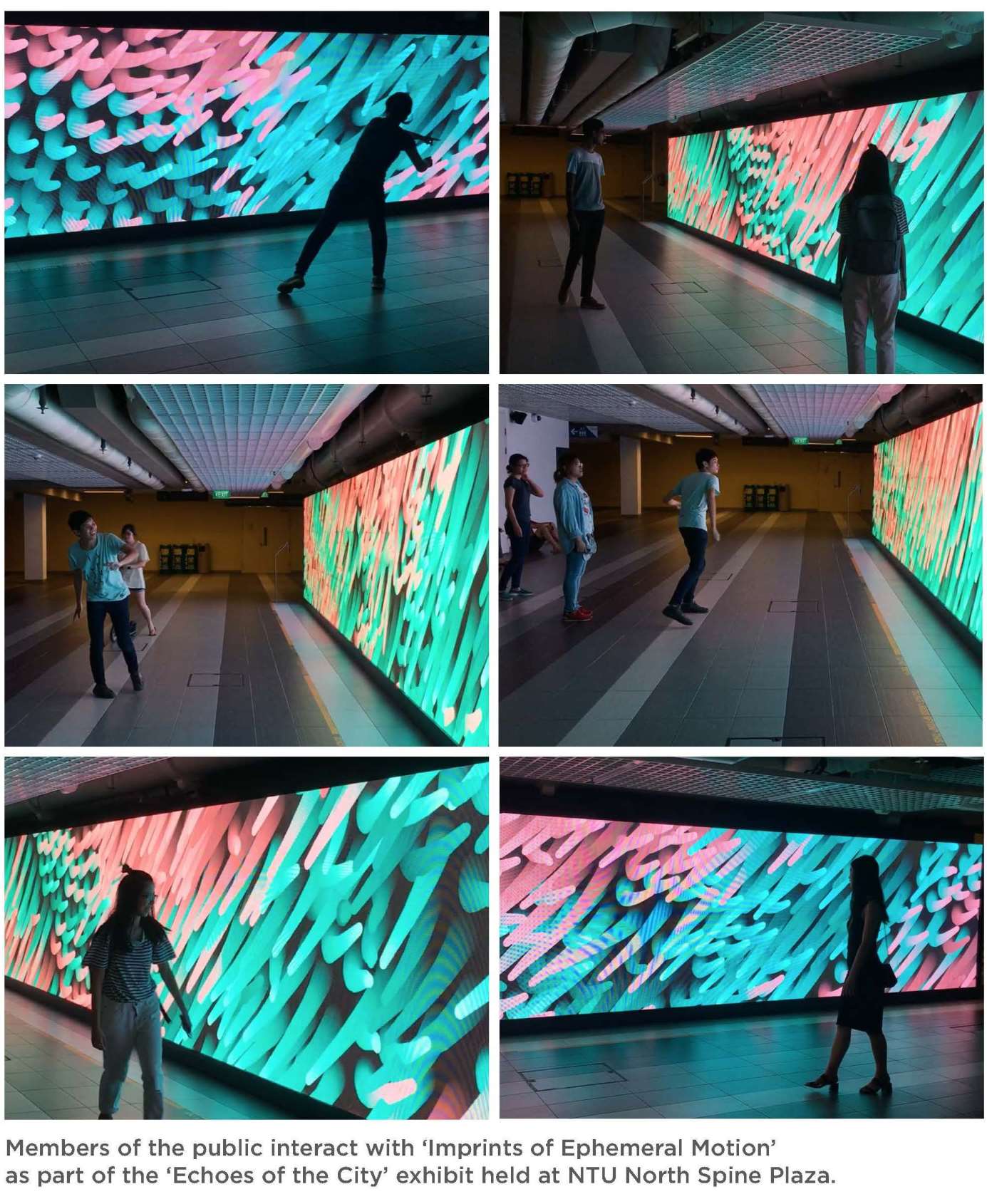
Article about the art work Urban Circuitry: “Medicine inspired Art” NTU Lee Kong Chian School of Medicine, E-newsletter publication, December
2015/16 Much Like Rust by Woong Soak Teng
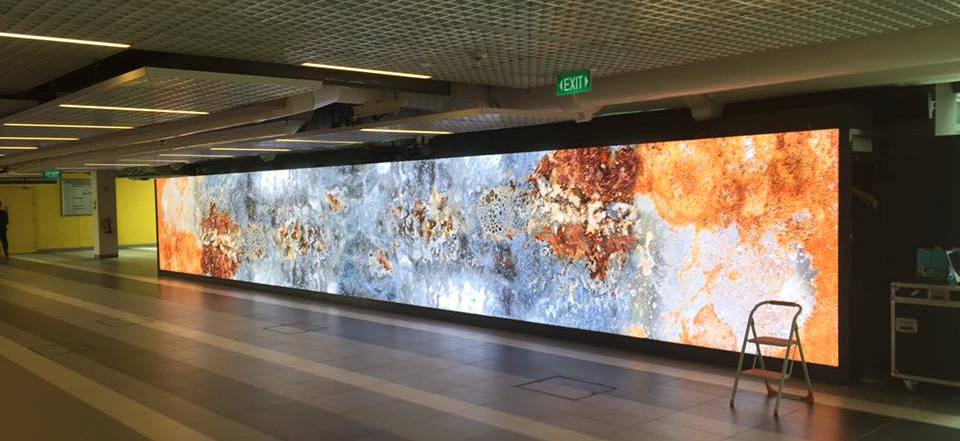
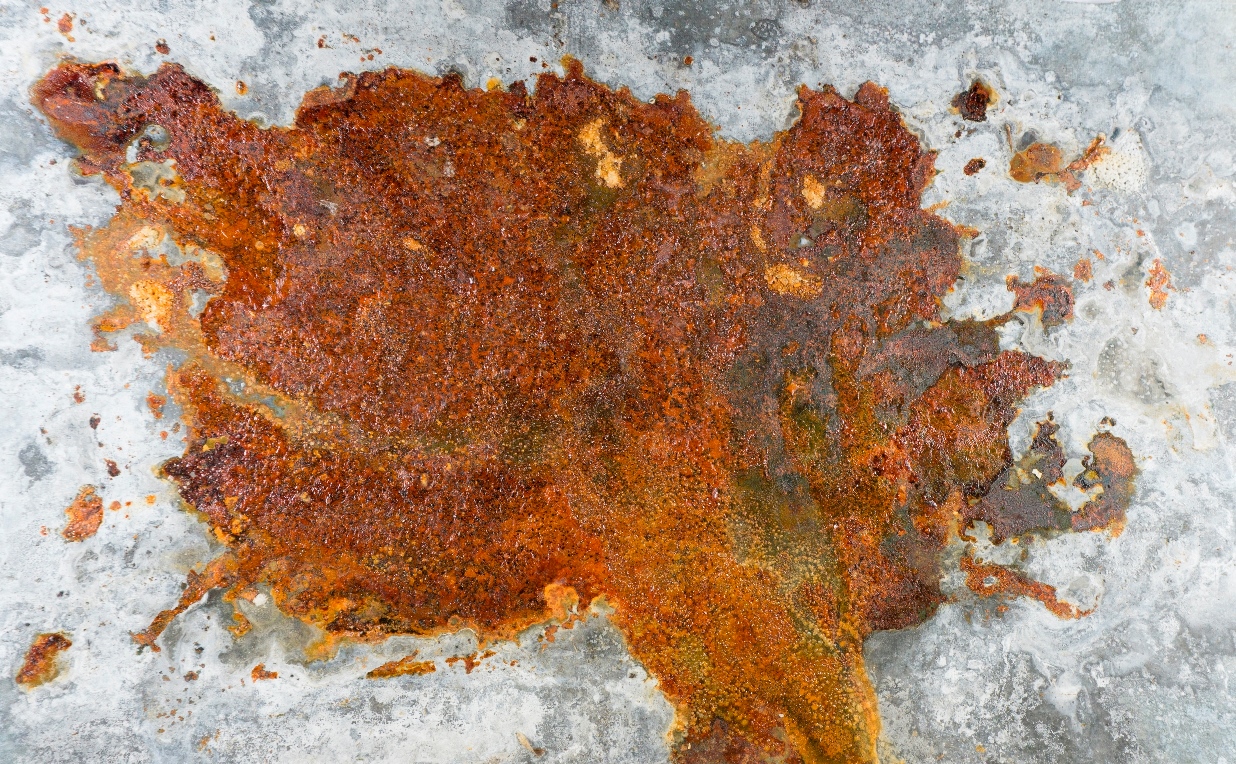


Feel of Light by Jeth Heng
The work were featuring experimental film that documented light change in space.

Technical Data
Installation, Public Art, North Spine Plaza, Nanyang Technological University, Singapore, 2016
Medium: 4mm LED Media Wall
Dimensions: L15000 mm x H 2100 mm
Resolution: 3840 pixels by 480 pixels
5.1 Channel Sound
Windows 10, 3 Kinects Xbox
Software platform: Derivative TouchDesigner
 |
 |
| LED panels installation |
What is a LED?

LEDs come in two different forms. Manufacturers use several types of LEDs to construct digital displays. The two most common are Through-Hole LEDs and Surface Mount Device (SMD) LEDs, also known as Surface Mount Technology (SMT).
|
|
|
What is a Surface Mount Device LED?
Total light emitted isn’t concentrated in a focused area since SMD LEDs do not have directional reflector cups. Instead light disperses evenly across both horizontal and vertical angles, providing wider viewing angles. This makes SMD LEDs an excellent choice for most indoor applications as well as some tighter pitch outdoor applications.

What is a module?
LED modules are made up of parts that form the building blocks of video displays, message centers and dynamic message signs. Rows of modules line together to arrange the LEDs in different variations depending on their product, market and purpose.
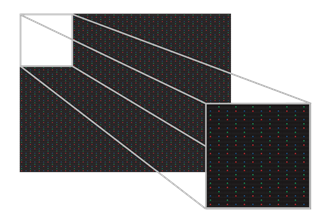


Pixel pitch
is the distance from the center of an LED cluster (or pixel) to the center of the next LED cluster/pixel measured in millimeters. Pixel pitch typically ranges from 4mm up to 20mm for indoor LED displays; for outdoor displays, pixel pitch can range from 10mm to 34mm or higher. Pixel pitch directly correlates your display resolution and optimal viewing distance. The smaller the pixel pitch number, the more pixels used to make up the image on your display, thus improving the resolution and optimal viewing distance. The lower the pixel pitch, the closer a viewer can stand to your display and still have a great resolution. Having a smaller pixel pitch does help picture, but at a cost. By having a smaller pixel pitch, one increases the number of LED clusters for a display. A NanoLumens 114″ display with a 4mm pixel pitch uses 247,760 pixels, where as a 6mm LED display of the same size uses 96,000. The more LED clusters in your display, the higher expense.
What is a resolution?
Resolution is the number of pixels contained in the physical area of an electronic display. The greater the number of pixels per square foot, the greater the amount of detailed displayed. Resolution is determined by display size, pixel technology, pixel pitch and viewing distance.
|
|
|
|
What are viewing distances?
Viewing distances are calculated based on the display type and the distance from the display. Each display will have a minimum and a maximum viewing distance that may vary based on application and intended use.





